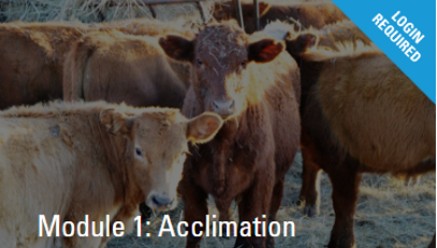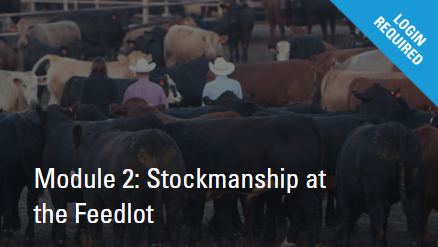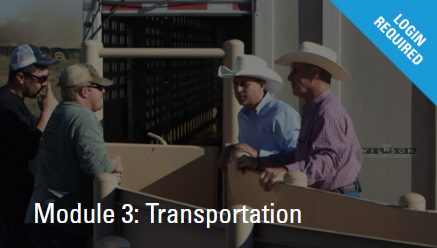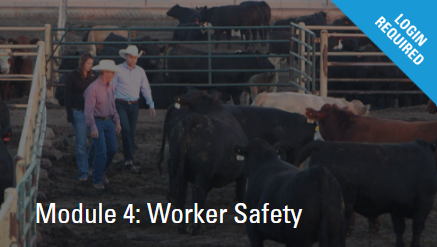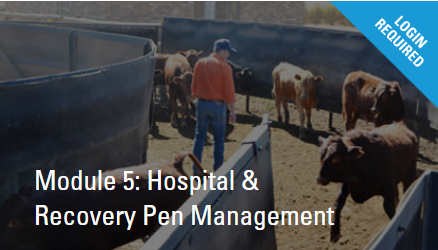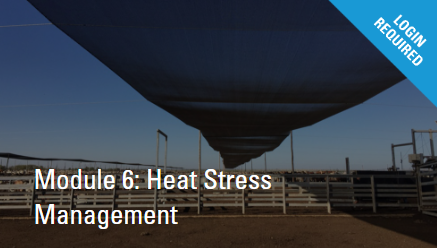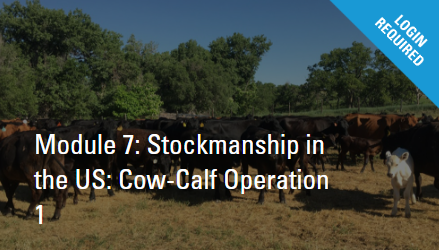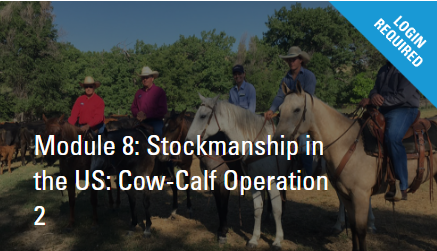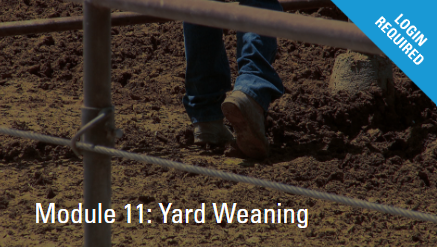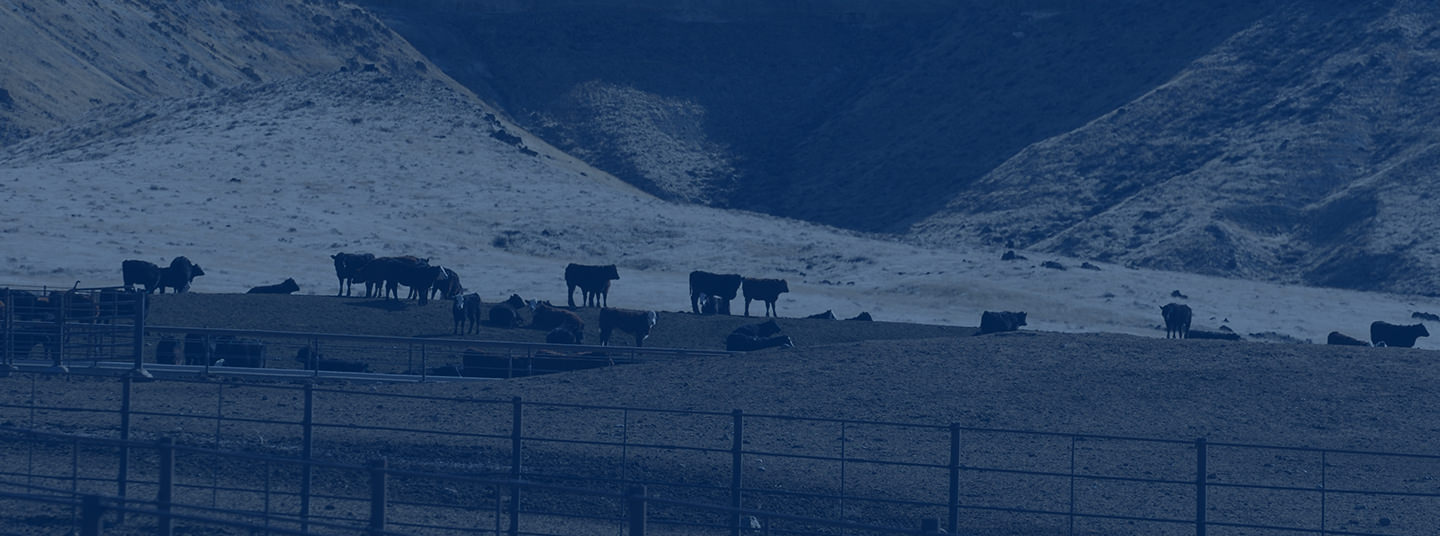

TRAINING
Merck Animal Health’s CreatingConnections™ Training Series was developed to help producers, employees, veterinarians and nutritionists give the best possible care for cattle by providing them with education, information and training. The series includes proven practices and techniques for animal handling that help improve cattle well-being and overall herd health.
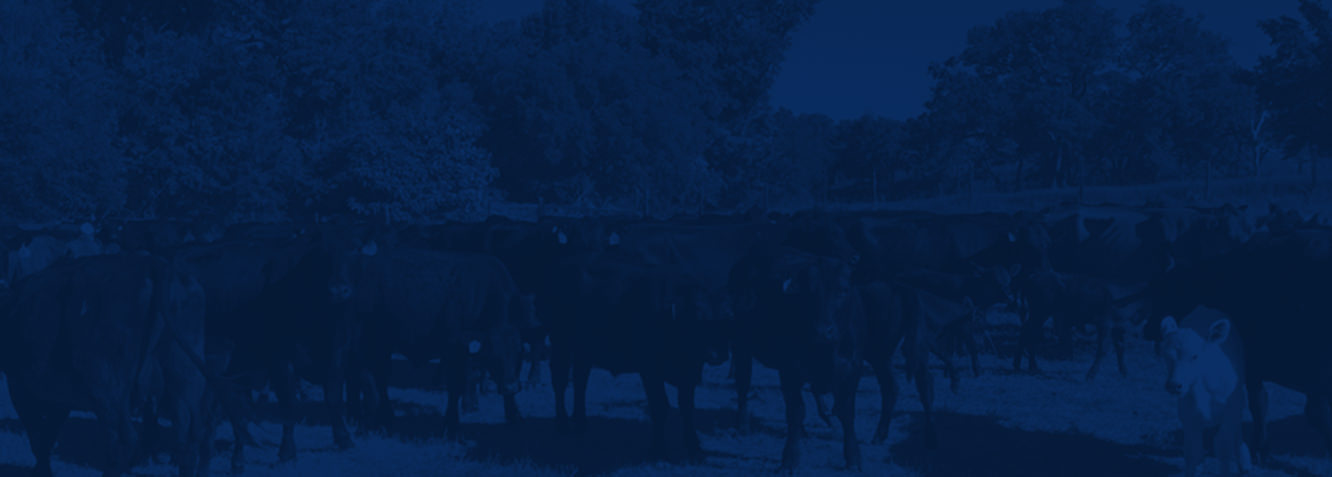
Module 1: Acclimation
Developed in partnership with College of Veterinary Medicine at Kansas State University and Production Animal Consultation (PAC), Dr. Tom Noffsinger, Dr. Dan Thomson and Dr. Paulo Loureiro discuss the benefits of acclimation.
When animals are moved, they are very sensitive and receptive to new learning. It’s the caregiver’s job to get animals to rehydrate, nourish, rest and have confidence in their new environment and with their caregivers.
Through this module, you will learn about the power of positive acclimation and how to gain the animals’ trust and confidence. This is achieved by gauging each animal’s individual characteristics, selecting the influential animals, and working with them to establish trust with the caregivers and understanding of the new environment.
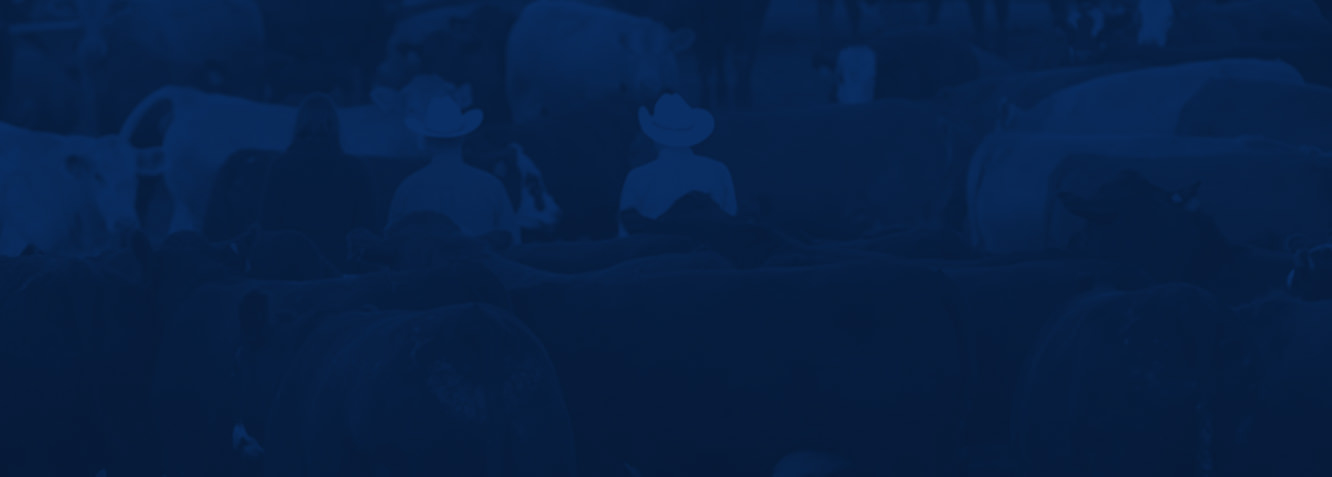
Module 2: Stockmanship at the Feedlot
Developed in partnership with College of Veterinary Medicine at Kansas State University and Production Animal Consultation (PAC), Dr. Tom Noffsinger, Dr. Kip Lukasiewicz, Dr. Dan Thomson and Dr. Paulo Loureiro discuss stockmanship in the feedlot.
This module shares the basics of good stockmanship in the feedlot. How cattle are handled at acclimation, processing and in the hospital pen impacts their health, well-being and willingness to work for caregivers. The module explains cattle behavior and their natural instincts, and provides step-by-step guidance on how to use the right distance, angles, position and speed to build trust and reduce cattle anxiety.
It details good practices for pen riders, and how these can help increase their effectiveness of evaluating animals and getting animals to work for them. For example, it provides instructions for a single caregiver, or a team of caregivers, to remove an animal — without causing stress on that animal or its pen mates. Experts explain the best time for processing, plus share recommendations for reducing anxiety and improving flow.
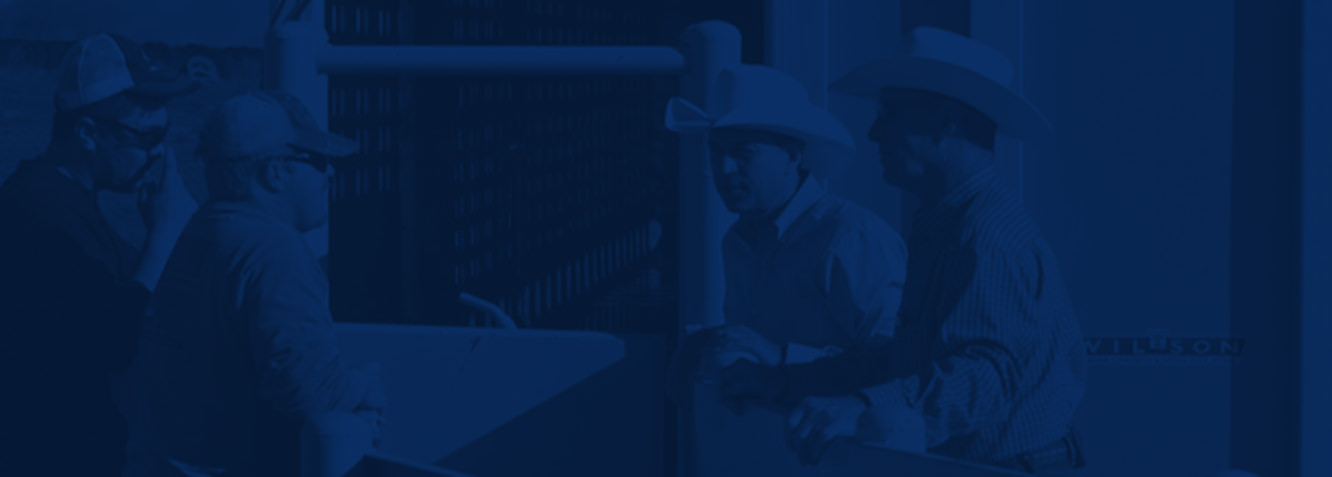
Module 3: Transportation
Developed in partnership with the College of Veterinary Medicine at Kansas State University and Production Animal Consultation, Dr. Tom Noffsinger, Dr. Kip Lukasiewicz, Dr. Dan Thomson and Dr. Paulo Loureiro discuss transportation of cattle.
Effective stockmanship practices are critical when loading, transporting and unloading cattle — whether at a cow/calf, backgrounding or feedlot operation — to ensure there isn’t a disruption in the animals’ health, soundness and performance. This comprehensive module covers four critical aspects of transportation: the right people, the right animals, the right trailer and the right environment.
During this course, you will learn about effective transportation techniques, how to reduce animal stress, and how to use good stockmanship and teamwork skills so the animals have orderly flow and move with confidence. Employing the practices learned in this course will encourage cattle to voluntarily go where the handlers intend. Experts share guidance on effective trailer design and sanitation, shipping preparation, and facility design. They also provide step-by-step guidance for how to seamlessly move cattle through the processes of taking them to the trailer, loading, transporting and unloading them.
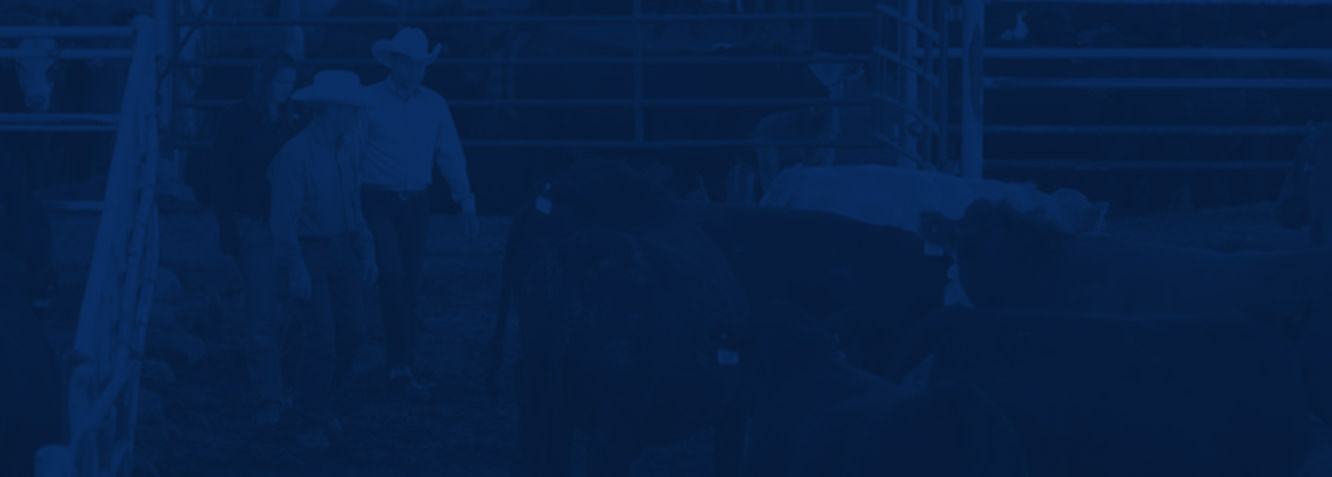
Module 4: Worker Safety
Dr. Dan Thomson discusses workplace safety on cow-calf operations and feedlots with Dr. Nels Lindberg and Dr. Corbin Stevens (PAC), and developed in partnership with Dr. Justin Welsh and Dr. Paulo Loureiro.
Quiet, low-stress cattle handling methods – combined with ongoing worker training – can go a long way toward reducing workplace injuries. That’s important because Bureau of Labor Statistics data show that cattle account for more fatal work injuries than any other animal.
The processing barn is one of the most dangerous spots, with workers often handling veterinary-type procedures. In this module, you’ll learn how to place cattle properly in the chute, how sick animals behave, safe handling of needles, syringes and injection techniques. Also covered, are how to safely tag, castrate and dehorn calves and cattle, along with the correct administration of an implant.
The pen crew safety discussion explores low-stress cattle handling techniques for riding pens and pulling animals, gate safety and using only experienced pen riders on well-trained horses. This module also includes specific safety recommendations for the shipping crew, the feed and maintenance crew, and cow-calf operations – where you can train calves to trust you, and make every cowboy’s job easier from that point on.
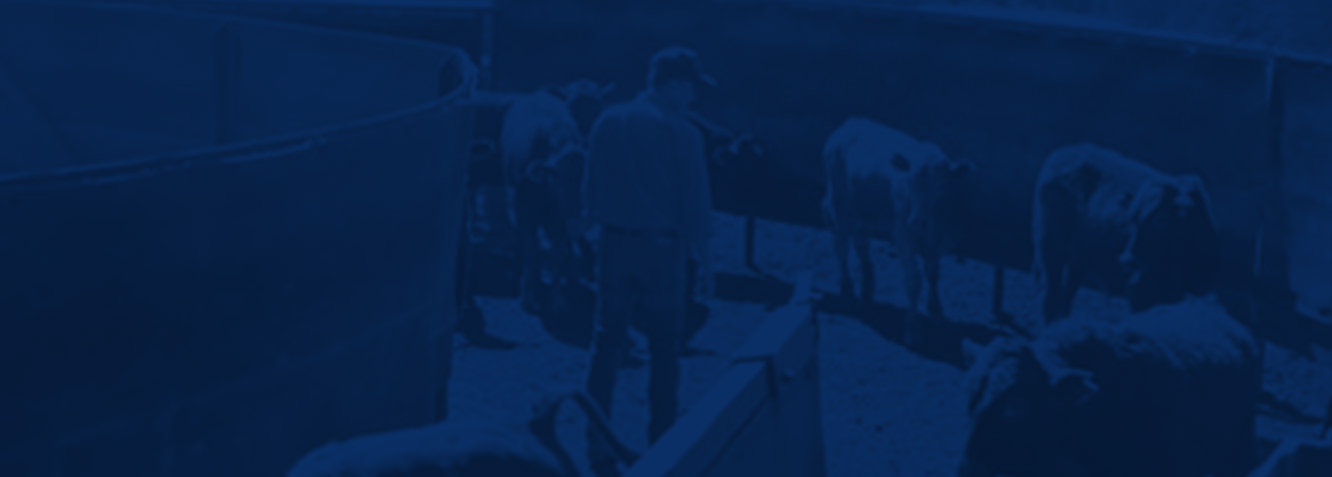
Module 5: Hospital & Recovery Pen Management
In affiliation, Dr. Dan Thomson discusses hospital and recovery pen management with Dr. Nels Lindberg and Dr. Corbin Stevens (PAC) and Dr. Justin Welsh.
This module explores the processes of effectively evaluating, treating and recovering cattle, as well as the proper administration and handling of antibiotics – and why that’s crucial in today’s environment. The experts discuss effective chute-side evaluation, including rectal temperature, visual appraisal and lung auscultation. They examine the advantages and disadvantages of recovering sick animals in the home pen vs. the hospital pen. Regardless of where an animal is recovering, it’s critical to have a system that monitors and documents treatment timing, response and recovery.
This course also touches on the importance of having a Veterinary Client Patient Relationship (VCPR) and following Beef Quality Assurance (BQA) guidelines when administering antibiotics. In addition, you’ll gain insights into the situations when euthanasia is called for, two accepted methods, and guidelines for ensuring that no animal suffers.
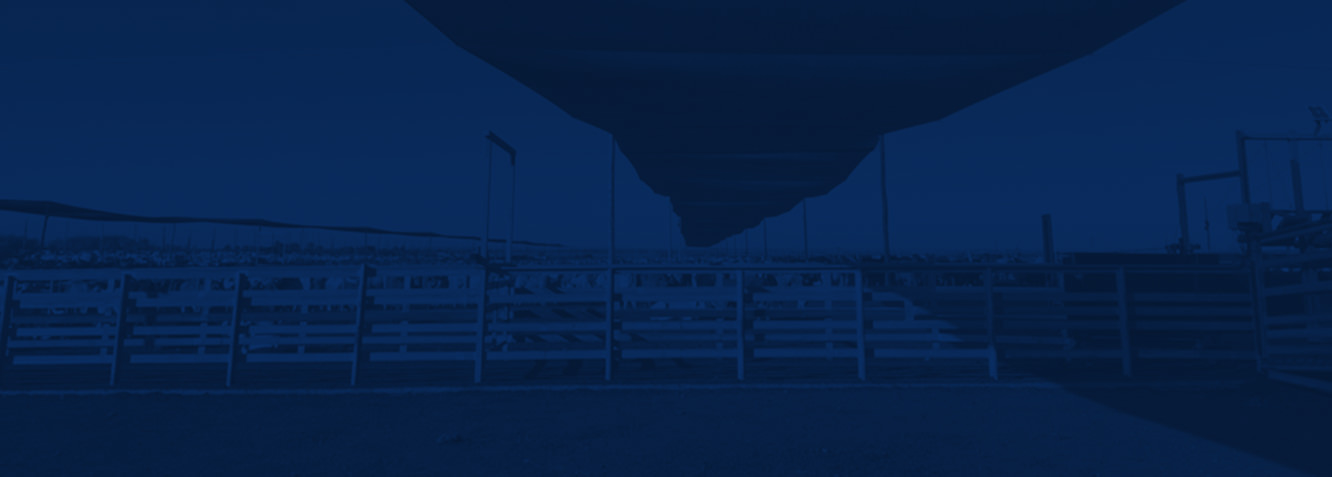
Module 6: Heat Stress Management
Developed in partnership with College of Veterinary Medicine at Kansas State University and Production Animal Consultation (PAC), Dr. Kevin Sullivan, Dr. Dan Thomson and Dr. Grant Crawford discuss heat stress management.
Heat load has become a major concern in feeding yards all across the globe, especially during summer months. In this module, experts explain the need to educate care-givers about the stress of heat load and how that affects cattle’s well-being. Stress of heat load can cause low food intake which can account for health concerns that lead to poor performance and large death loss with degraded carcasses. This module discusses the multiple factors that determine heat risk in an environment and explains that temperature, humidity, wind, and radiation contribute to the buildup of heat in cattle.
This module provides solutions to this reoccurring problem. New practices of regulating food intake and different shade, sprinkler, and water feedlot designs are suggested by experts in order to reduce heat load. Consistent use and monitoring these techniques is important to ensure the well-being of cattle.

Module 7: Stockmanship in the US: Cow-Calf Operation 1
In affiliation and developed with Dr. Dan Thomson, Dr. Tom Noffsinger, Dr. Kip Lukasioqicz (PAC), and Dr. Paulo Loureiro discuss stockmanship in cow-calf operations. This is Part 1 of a two-part series.
Cow-calf operations are where it all starts for the beef industry, and there are many measures that can be taken to increase the productivity of the herd. This module covers proper development and care of replacement heifers and bulls, including low-stress handling, good nutrition and vaccination strategies. It also covers the critical pre-calving and calving periods – and what caregivers can do to ensure a healthy calf from every cow. Experts also walk through steps to acclimate and desensitize newborn calves, making sure they get the best possible start.
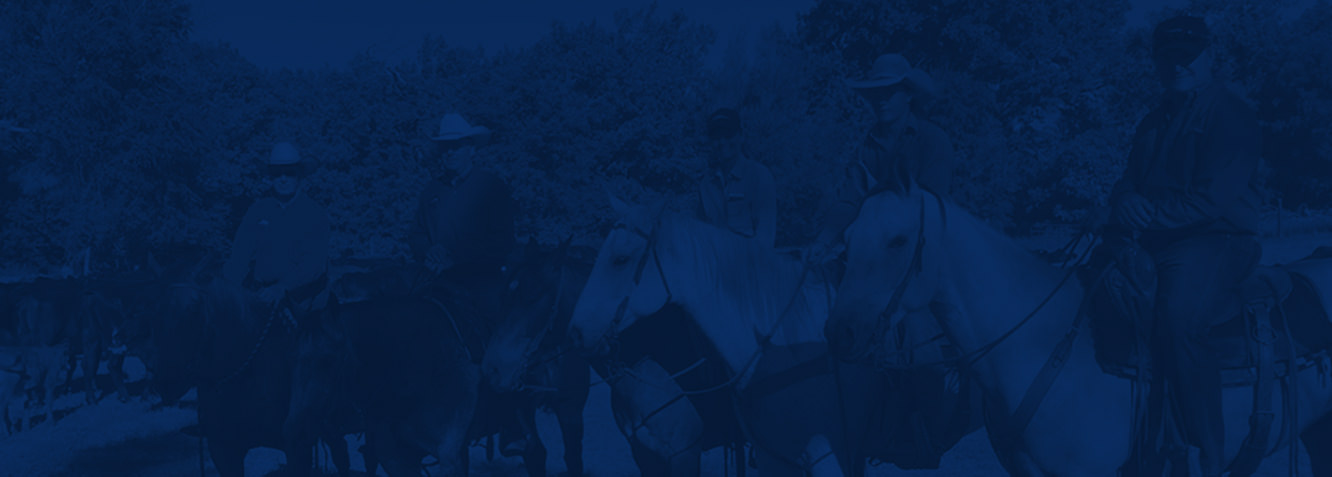
Module 8: Stockmanship in the US: Cow-Calf Operation 2
In affiliation and developed with Dr. Dan Thomson, Dr. Tom Noffsinger, Dr. Kip Lukasioqicz (PAC), and Dr. Paulo Loureiro discuss stockmanship in cow-calf operations. This is Part 2 of a two-part series.
This module covers pre-breeding and branding, pre-weaning and weaning – all critical points in cow-calf production system. Implementing low-stress handling techniques and following Beef Quality Assurance (BQA) guidelines at these prevention points will improve the health and ultimately, the productivity of your herd.
Pre-breeding and branding is an opportune time to boost the cow’s immunity prior to the critical breeding season, as well as prime calves so they better respond to transitions that occur at weaning. Pasture rotation and pre-weaning are additional opportunities to take steps to ensure calves are practiced and prepared for weaning.
The experts say the expectation should be that calves gain the same amount of weight on weaning day as they gained the previous day. This module, along with Part 1, will help you to maximize the number of healthy calves weaned, as well as to have both cows and calves ready to successfully transition to next phase.
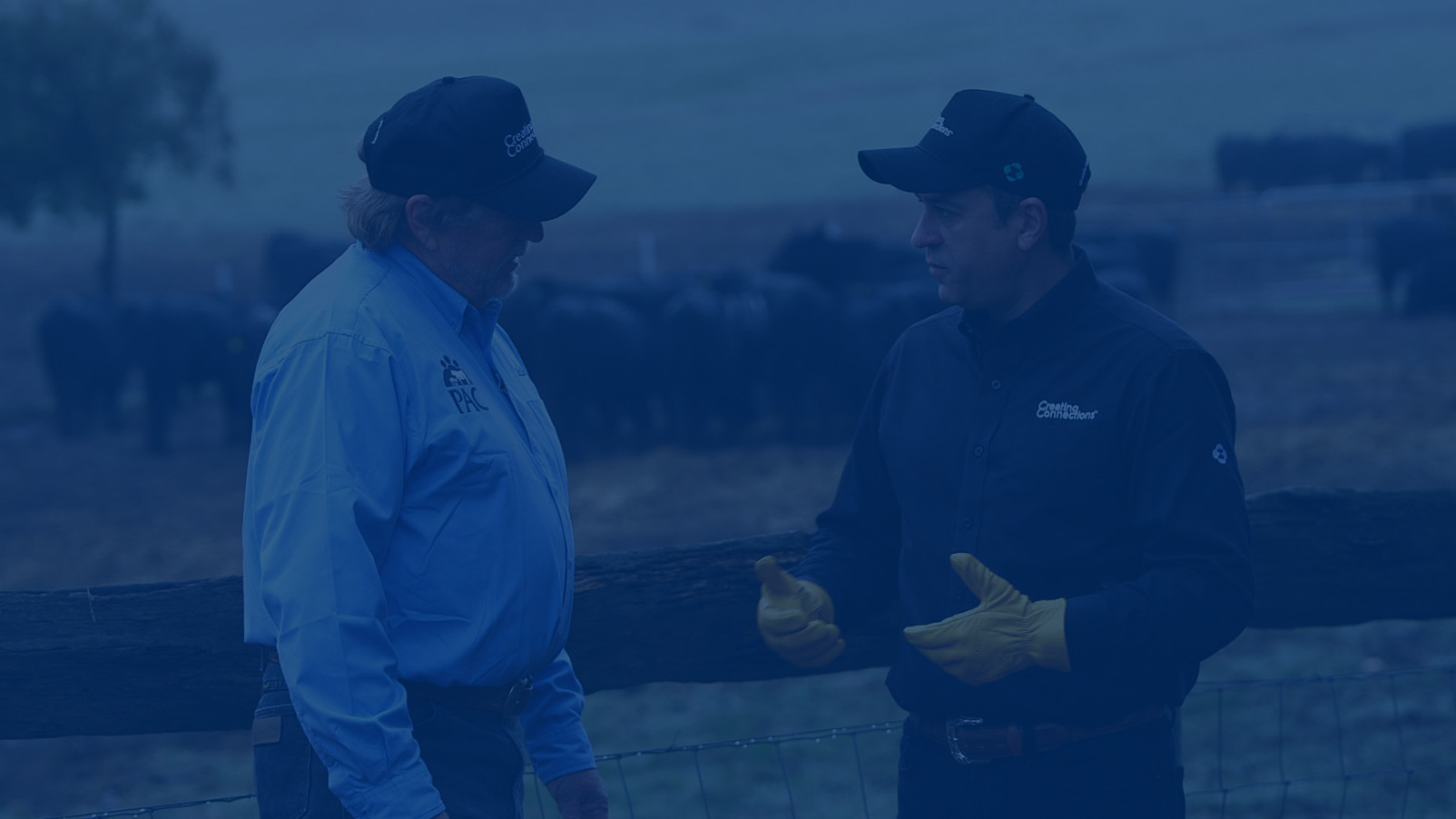
Module 11: Yard Weaning
Developed in partnership with Dr. Kevin Sullivan, Dr. Paulo Loureiro, and Mr. Mark Lucas at Reiland Angus in Gundagai, Australia.
When young cattle are taken from their mothers they lose their guidance. In hours we can see a change in their behavior. Calves can stop drinking water, eating and resting for long days losing weight and becoming vulnerable to diseases. It can be a very stressful moment.
However we can change that for better. Yard weaning systems create a seamless transition so young cattle can gain social skills and confidence and come back to normal (drinking, eating and resting).
Watch hands on lessons and see the change of cattle behavior from morning to afternoon. Throughout the day the animals’ gain trust and confidence with their handlers. This is achieved through positive interaction, but as everything else in cattle business people need to be prepared to do it right. This is a unique module filmed in Australia at Reiland Angus one of the pioneers in this concept.
